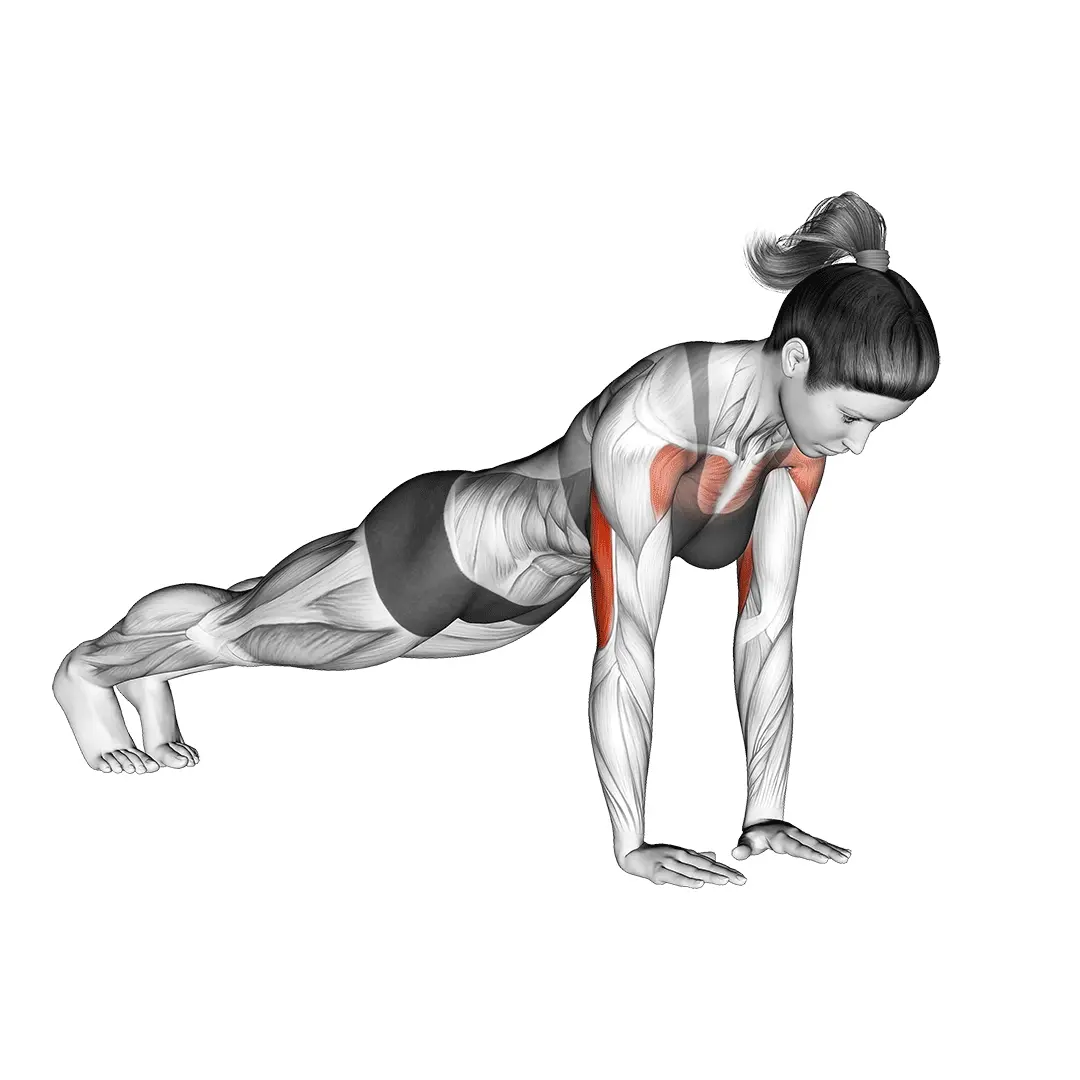Cabled Seated Rear Lateral Raise

Muscles Involved
The cabled seated rear lateral raise primarily targets the posterior deltoid muscles, which are essential for developing the shoulders and improving overall shoulder stability. Additionally, this exercise engages the upper back muscles, including the rhomboids and trapezius, providing a comprehensive workout for the upper body. Secondary muscles involved include the infraspinatus and teres minor, which contribute to shoulder mobility and function. By focusing on these muscle groups, the cabled seated rear lateral raise helps enhance posture and increases overall shoulder strength.
Top Mistakes
- Using excessive weight: Lifting too heavy can lead to compromising form and increased risk of injury.
- Improper arm positioning: Allowing the arms to swing forward or backward can shift the focus away from the targeted muscles.
- Not maintaining a neutral spine: Slouching or arching the back can strain the lower back instead of effectively engaging the upper body muscles.
- Rushing the movement: Performing the exercise too quickly can cause a lack of control and reduce the effectiveness of the workout.
Execution Tips
- Adjust the cable height: Begin with the cables positioned at or slightly below shoulder level to ensure optimal resistance and range of motion.
- Maintain a straight back: Sit upright in the seat with your shoulders relaxed and your back firmly against the backrest to preserve proper spinal alignment.
- Focus on the movement: Raise your arms laterally until they're parallel to the ground, keeping a slight bend in the elbows to avoid locking the joints.
- Control the descent: Lower the weights slowly and deliberately, focusing on the eccentric phase of the lift to maximize muscle engagement.
Workouts
The cabled seated rear lateral raise can be effectively included in a shoulder or upper back workout routine. A suggested approach might include 3 to 4 sets of 10 to 15 repetitions, allowing for 30 to 60 seconds of rest between sets. To complement this exercise, consider pairing it with movements such as the dumbbell shoulder press, face pulls, and bent-over dumbbell flies. This combination will help ensure a balanced approach to shoulder training and enhance overall muscle development.
Conclusion
Incorporating the cabled seated rear lateral raise into your workout routine offers numerous benefits, including improved shoulder strength, enhanced upper back muscle development, and better posture. This exercise specifically isolates the posterior deltoids that are often neglected in traditional pressing movements, ensuring a well-rounded shoulder workout. By focusing on proper technique and avoiding common mistakes, you'll be able to maximize the effectiveness of this exercise and achieve a stronger, more resilient upper body.



